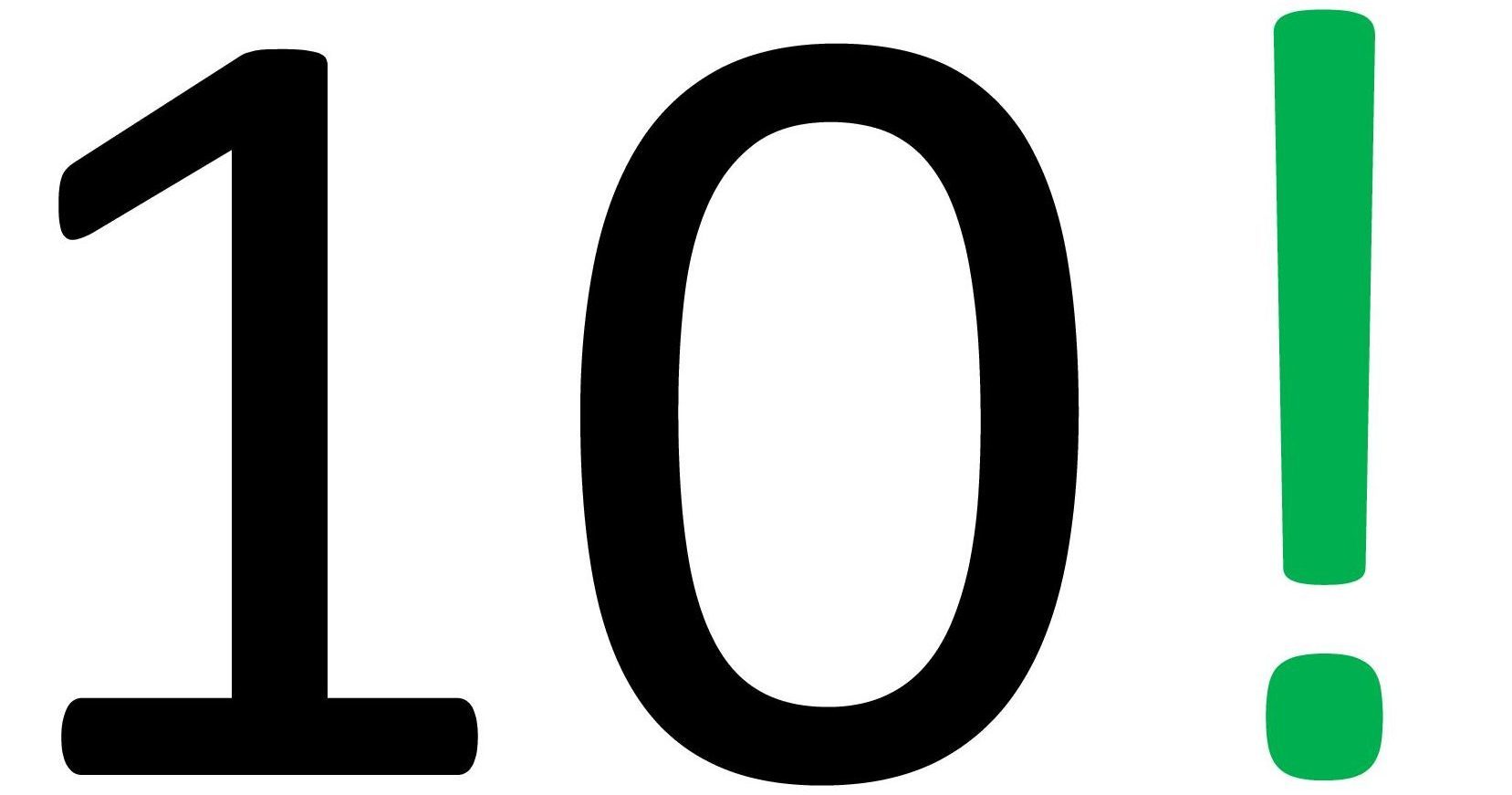Every day, we use a multitude of items without a second thought, unaware of the hidden features and clever design elements they contain. This listicle unveils 20 everyday items and their secret features, revealing the thoughtfulness and innovation that go into making our daily lives a bit more interesting and efficient.
The Hole in a Pasta Spoon
Ever noticed the hole in the center of your pasta spoon? It’s not just for draining water – it measures the perfect single serving of spaghetti.
he Drawer Under the Oven
Many believe this drawer is for storage, but it’s actually designed to keep cooked food warm. It’s a perfect spot to keep your dishes at the right temperature while you finish cooking.
The Arrow on the Gas Gauge
Ever rented a car and wondered which side the gas tank was on? The small arrow next to the gas pump icon on your dashboard points to the side of the car where the gas tank is located.
The Color Square on Toothpaste Tubes
The little square or rectangle of color on the crimp of toothpaste tubes was initially used in manufacturing. It’s called a color mark and helps machines cut and fold the tube packaging.
he Extra Fabric With New Clothes
Those small pieces of fabric that come with new clothes aren’t for patches – they’re for you to test how different laundry detergents will affect the garment.
The Tiny Pocket on Jeans
This pocket was originally designed to hold a pocket watch, dating back to when cowboys wore jeans and needed a safe spot for their timepieces.
The Hole in Pen Caps
This safety feature is designed to prevent choking. If the cap is accidentally swallowed, the hole allows air to pass through and helps prevent suffocation.
The Indentations on a Tic Tac Lid
The small indentation inside a Tic Tac lid is actually a dispenser. It’s perfectly sized to hold a single Tic Tac, making it easier to enjoy one at a time.
The Groove on a Cup’s Bottom
The groove on the bottom of many cups and mugs isn’t just decorative; it allows water to drain when the item is upside down in the dishwasher, ensuring a more effective clean.
The Bumps on the F and J Keys on a Keyboard
These bumps help users correctly position their hands without looking at the keyboard, enabling faster and more accurate typing.
Airplane Window Holes
The small hole in airplane windows, called a breather hole, regulates cabin pressure and prevents the windows from fogging up by allowing moisture to escape.
The Loop on the Back of Shirts
This loop is a carryover from the days when clothes were hung on hooks rather than hangers. It’s also useful for hanging a shirt without wrinkling the collar.
The Soft Plastic on the Measuring Tape
The small soft section at the end of a measuring tape is designed to grip onto surfaces, making measuring easier with one hand.
The Margins on Notebook Paper
The margins on lined paper were originally designed to protect your work from rats and mice, which would nibble on paper. Now, they provide space for notes and corrections.
Soda Can Tabs
Flip the tab around after opening a soda can, and you’ll have a perfect holder for a straw. It keeps the straw from rising out of the can with the carbonation.
The Little Hole in Lollipop Sticks
This hole is not just for structural integrity; when the candy is molded, the hole gets filled with liquid candy, which hardens and ensures the lollipop stays attached to the stick.
The Pompom on Beanies
Originally added to naval beanies to protect sailors from bumping their heads, pompoms now serve as a fashionable accessory and a way to add flair to winter hats.
The Diamond Shape on Backpacks
Known as a lash tab or pig snout, this patch allows for extra gear to be tied to the outside of the pack, handy for items that don’t fit inside or need to be readily accessible.
The “57” Mark on Heinz Ketchup Bottles
Hitting this spot on the glass bottleneck is the best way to get the ketchup flowing. It’s strategically placed at the bottle’s sweet spot for optimal pouring.
Ridges on Coins
Originally, these ridges prevented people from shaving off metal to melt down for sale. Now, they help visually impaired individuals distinguish between denominations and add an extra layer of security to the currency.
